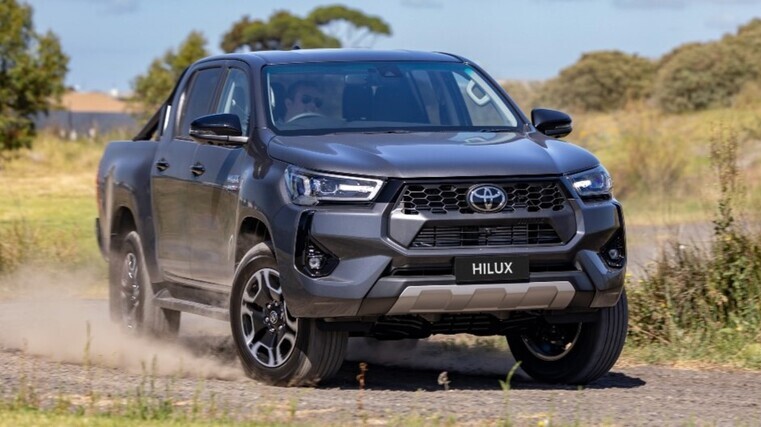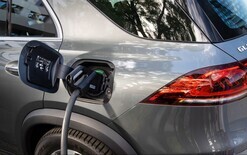Plug-in hybrid sales plunge

Sales of new vehicles in Australia totalled 90,614 last month, a drop of 6.8 per cent from April 2024 when 97,202 units were registered.
Toyota’s Hilux, pictured, was the top-selling vehicle in April with 4,121 sales. Next was the Ford Ranger on 4,031 units, Toyota’s RAV4 with 3,808, the Ford Everest on 2,234 and the Toyota Prado with 2,233.
Toyota emerged as the leading marque last month after completing 19,380 sales Ford was second with 7,334 followed by Mazda on 6,573, Kia with 6,303 and Hyundai on 5,547.
The latest data from the Federal Chamber of Automotive Industries (FCAI) also shows a sharp decline in plug-in hybrid electric vehicle (PHEV) sales after the removal of a fringe benefits tax (FBT) exemption for such models at the end of March.
During April, 2,601 plug-in hybrids were purchased, representing 2.9 per cent of the market. That share was down from 4.7 per cent of sales over the first three months of 2025.
Tony Weber, FCAI chief executive, says the figures highlight the impact of government policy decisions on consumer behaviour in the automotive market.
“The earlier inclusion of PHEVs in the FBT exemption played a critical role in making these vehicles accessible to more Australians,” he explains.
“Removing that support has led to an immediate and disappointing drop in demand in a price-sensitive vehicle market.”
Meanwhile, battery electric vehicle sales made up 5.9 per cent of the market. The FCAI adds this “modest result” reinforces the scale of the challenge ahead as Australia seeks to meet its emissions reduction goals under the New Vehicle Efficiency Standard (NVES).
“For NVES to succeed, it must be supported by holistic policy settings that assist consumers to move to zero and low-emission technologies, including continued investment in recharging infrastructure,” Weber says.





